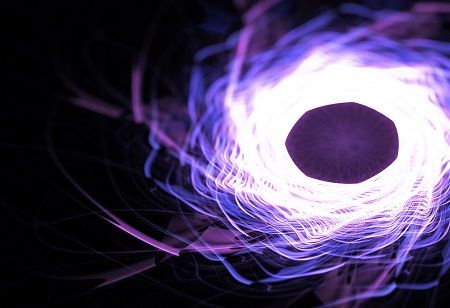
The development of a stellarator with permanent magnets by the team at the Princeton Plasma Physics Laboratory (PPPL) marks a significant breakthrough in the quest for clean fusion energy. Unlike traditional stellarators that rely on electromagnets, this new device utilizes permanent magnets, offering a novel approach to plasma confinement and fusion reactions.
Stellarators, conceptualized by American astrophysicist Lyman Spitzer in the 1950s, have long been considered a promising avenue for achieving fusion energy. However, the reliance on electromagnets has posed challenges due to their cost and energy consumption. In contrast, the use of permanent magnets in the newly developed stellarator opens up new possibilities for cost-effective and efficient fusion energy generation.
The innovation behind the permanent-magnet stellarator, known as the MUSE stellarator, lies in its ability to maintain the necessary magnetic fields for confining plasma without the need for expensive and electricity-consuming electromagnets. This breakthrough has been years in the making, with scientists striving to crack the code for permanent-magnet stellarators for decades.
The MUSE stellarator is not only a technological advancement but also a demonstration of "quasisymmetry," a concept where the magnetic field maintains uniform strength around the device despite variations in its internal magnetic field structure. This design feature enhances the stability and efficiency of the stellarator, bringing us closer to the goal of safe, clean, and renewable fusion power.
Overall, the development of the permanent-magnet stellarator represents a promising step forward in the pursuit of fusion energy, offering a potential solution to the pressing environmental challenges posed by conventional energy sources.
We use cookies to ensure you get the best experience on our website. Read more...